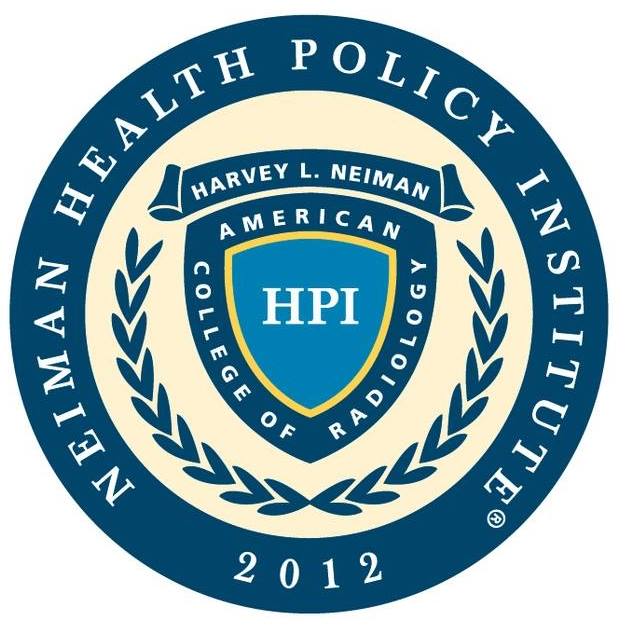Sept. 30, 2025 — A new study from the Harvey L. Neiman Health Policy Institute found that attrition (i.e., exit) from the radiology workforce differed by radiologist and practice characteristics. Significantly higher attrition was observed for female versus male radiologists, subspecialists versus generalists, nonacademic versus academic radiologists, and radiologists in practices with at least one rural site versuss no rural sites. The study, published in the American Journal of Roentgenology (AJR), was based on all Medicare radiologists who submitted claims between 2014 and 2022.
Researchers found that unadjusted attrition rate increased from 1.1% in 2014 to 2.5% in 2022 across all radiologists. Stratifying radiologists into subspecialists and generalists, the attrition rate increased over the study period for both groups (1.4% to 2.7% for subspecialists and 0.9% to 2.2% for generalists). The trend was similar for academic (1.0% to 2.0%) and nonacademic radiologists (1.1% to 2.7%).
“Overall, and for every subgroup of radiologists we studied, we found that radiologist attrition increased over the study period,” said Eric Christensen, PhD, Research Director at the Neiman Institute and lead author of the study. “While our study doesn’t answer why attrition increased, COVID-19 is a likely factor and factors such as increasing imaging volumes, growing expectations of non-clinical tasks, and loss of practice autonomy can contribute to radiologist burnout.”
“We found that the odds of attrition were 37% higher among subspecialists than among generalists,” said Jay Parikh, MD, Professor, Division of Diagnostic Imaging at the University of Texas MD Anderson Cancer Center. “This substantially higher attrition for subspecialists can seem counter intuitive, but the narrow focus and higher case complexity and call responsibility may increase stress.”
“We found that the odds of attrition were 34% higher among non-academic than academic radiologists,” said Dr. Christensen. “While our study does not explain the cause of this difference, the results suggest that the stressors facing academic and nonacademic radiologists differ, and other studies have found a higher prevalence of burnout in private practice than academic settings.”
“It is important for practice leaders to recognize there is not only increased attrition but that attrition differs between subspecialists and generalists and by academic status so that they can identify local solutions to minimize attrition,” said Dr. Parikh. “Further, the present radiologist shortage may be exacerbated by trends towards increased subspecialization and practice consolidation in radiology, which our study shows have secondary effects in the form of higher attrition.”
For more information on the Harvey L. Neiman Health Policy, please visit www.neimanhpi.org.
Source: Newswise

